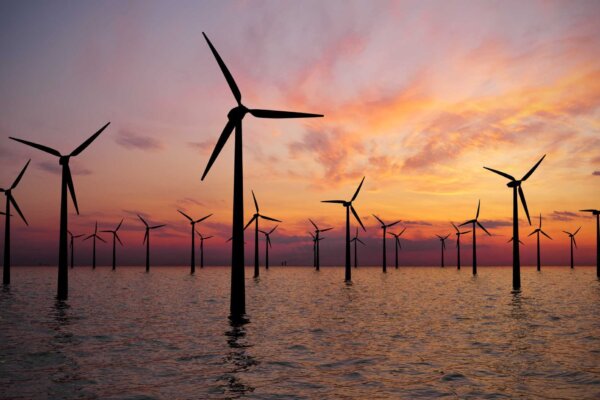Every business will be affected by the TCR changes differently, so it’s important to identify and prepare for how these changes will impact your organisation. You can do this by:
1. Speaking to your electricity supplier
Ask your supplier the following questions to find out how they will account for the TCR changes and how they will affect your bill if you stay with that supplier:
- Have you included TNUoS costs in my contract or are they passed-through?
- What band has been applied to each of my meters?
- In what circumstances would you amend TCR rates?
- How are you accounting for unknown costs?
2. Making the most of your flexible solutions
If you’re currently using technology or solutions to avoid Triad periods and expensive time of use charges, the benefits might be reduced slightly once we switch to a fixed-rate charge, but they won’t disappear. Now is the time to consider how you use these solutions to optimise your usage more continuously and boost your revenue in other ways. For example, organisations opting for our optimisation solutions are able to offset 20% of their energy spend by allowing us to subtly tweak their consumption (within agreed limits) in line with system needs, without impacting their operations. You can learn more about the benefits of optimisation in our blog, here.
If you have any questions around TCR or how we’re supporting our customers through the changes, please get in touch with our team at heretohelp@brytenergy.co.uk.


